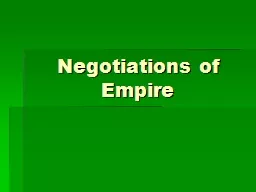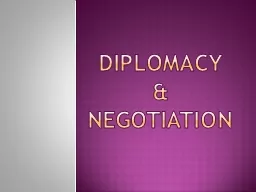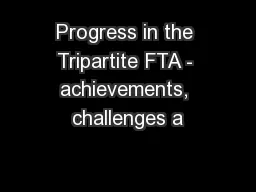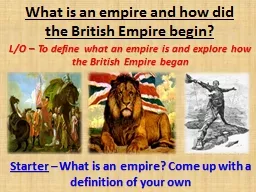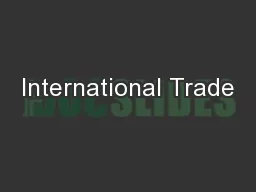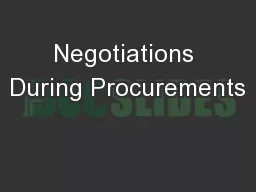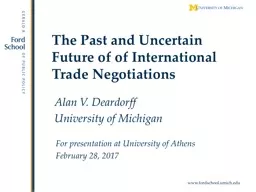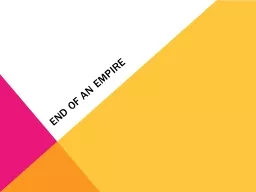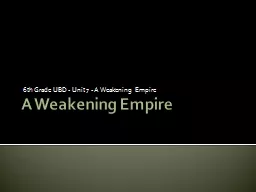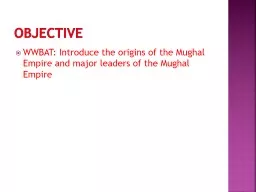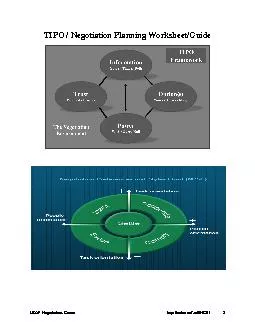PPT-Negotiations of Empire
Author : briana-ranney | Published Date : 2017-03-20
Bureaucratic stuff Ghana Books discussion Brown Bag series HAtlantic in observing America Europe was in the first instance observing itself Sir John Elliott
Presentation Embed Code
Download Presentation
Download Presentation The PPT/PDF document "Negotiations of Empire" is the property of its rightful owner. Permission is granted to download and print the materials on this website for personal, non-commercial use only, and to display it on your personal computer provided you do not modify the materials and that you retain all copyright notices contained in the materials. By downloading content from our website, you accept the terms of this agreement.
Negotiations of Empire: Transcript
Download Rules Of Document
"Negotiations of Empire"The content belongs to its owner. You may download and print it for personal use, without modification, and keep all copyright notices. By downloading, you agree to these terms.
Related Documents

